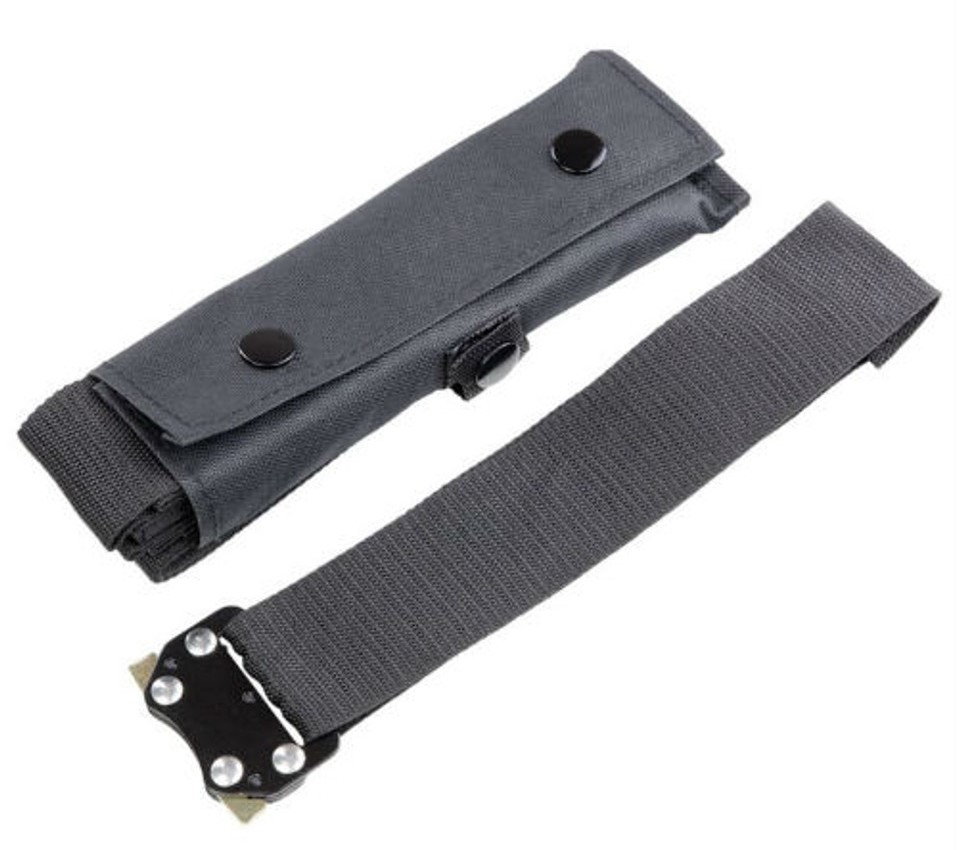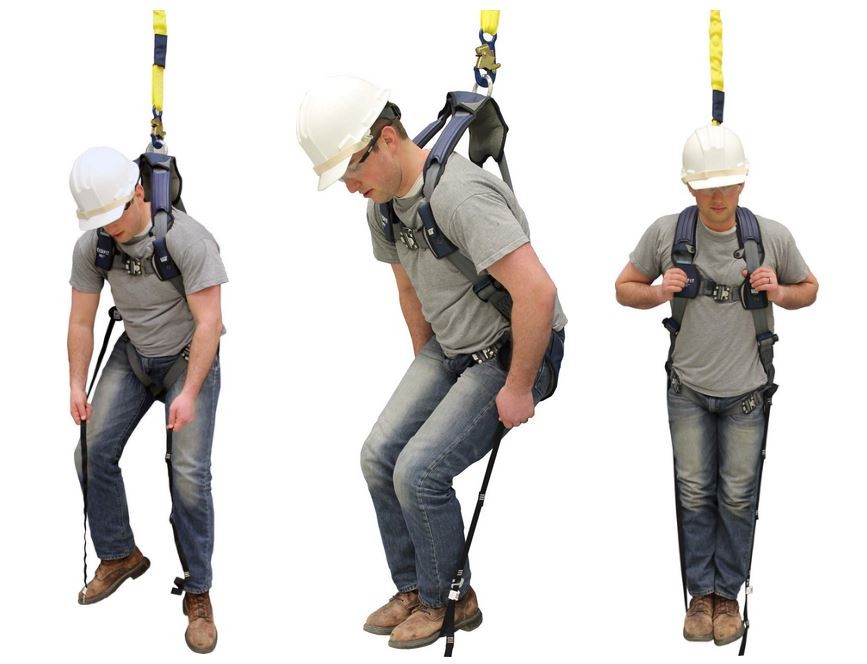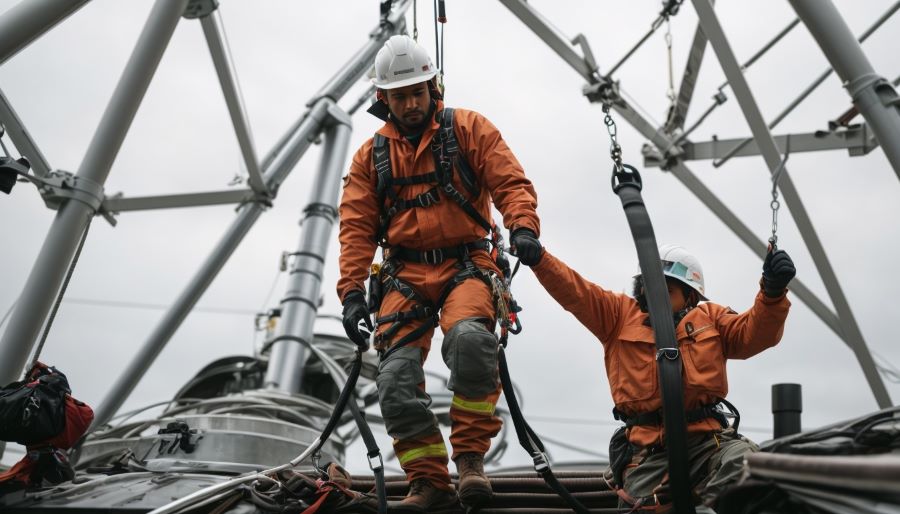What Is Suspension Trauma?
Posted by Howie Scarboro - CEO Fall Protection Distributors, LLC on Jan 12th 2024
Working at heights is an inherent part of many industries, presenting its own set of risks. Amidst the focus on fall protection, one often overlooked peril is suspension trauma, also known as orthostatic intolerance. This comprehensive guide explores the intricacies of suspension trauma in the workplace, covering rescue plans, OSHA regulations, prolonged effects, and the safety products professionals deploy to mitigate its impact.
What is Suspension Trauma?
Suspension trauma, interchangeably referred to as orthostatic intolerance or harness hang syndrome, occurs when a person is left hanging in a harness after a fall. This precarious situation leads to compromised circulation and the potential for fainting. Alarmingly, without swift rescue, suspension trauma can turn fatal in as little as 10-40 minutes. Malta Dynamics video teaches about the symptoms and how to avoid these situations on the jobsite.
Recognizing the Symptoms
Suspension trauma's symptoms are varied and encompass feeling faint or light-headed, breathlessness, profuse sweating, cold and clammy skin, shallow and rapid breathing, a rapid and weak pulse, palpitations, tremulousness, fatigue, nausea, dizziness, headache, weakness, and occasionally fainting. If a worker exhibits these symptoms post-fall and remains suspended, immediate medical assistance and initiation of rescue procedures are imperative to prevent further health complications or potential fatalities.
4 Steps To Preventing Suspension Trauma
To avert suspension trauma, several preventive measures can be implemented:
1. Use of Trauma Relief Straps:
These straps, attached to safety harnesses, can be deployed post-fall, forming a loop to press the legs against and simulate standing. If you have ever spent more than a few seconds suspended in your body harness, then you know that it is quite unpleasant. There is intense pressure in your legs as your body weight is focused on the leg straps. One remedy is to reach down and pull your legs up to your body. This action does help relieve the painful pressure. However, the best option is to have a set of trauma straps added to your harness.


The Malta Dynamics R0005 Suspension Trauma Straps create two loops of nylon webbing that you can use to stand up into to completely take all of the weight off your harness straps and back into your legs. A worker could comfortable be trapped for extended periods of time as long as he was able to deploy his trauma strap.
2. Regular Training:

Employees must undergo training on suspension trauma, covering its occurrence, recognition, and the urgency of rescuing suspended workers promptly.
3. Rescue Plan:
A fall protection plan should incorporate a well-defined rescue strategy, emphasizing the swift retrieval of fallen workers.
4. Proper Equipment:
Utilizing harnesses equipped with suspension trauma relief straps and ensuring the fall protection plan includes a robust rescue component can significantly reduce the risk.
By incorporating these measures, the risk of suspension trauma is minimized, providing enhanced protection for workers in the event of a fall.
Additional Insights from the Video
The video transcript sheds light on the urgency of rescue plans, the importance of OSHA regulations, and the prolonged effects of suspension trauma. Safety professionals are utilizing Trauma Relief Straps, emphasizing their role in preventing trauma. Regular training is advocated to educate employees on recognizing suspension trauma and the need for prompt rescue. The transcript reinforces the significance of a well-thought-out rescue plan and the critical role of proper equipment in averting suspension trauma.
Conclusion
The risks associated with suspension trauma demand comprehensive awareness and proactive measures. Integrating Trauma Relief Straps, regular training, robust rescue plans, and proper equipment can significantly reduce the likelihood of suspension trauma incidents. By prioritizing safety and swift response, industries can create a secure environment for workers at heights.

